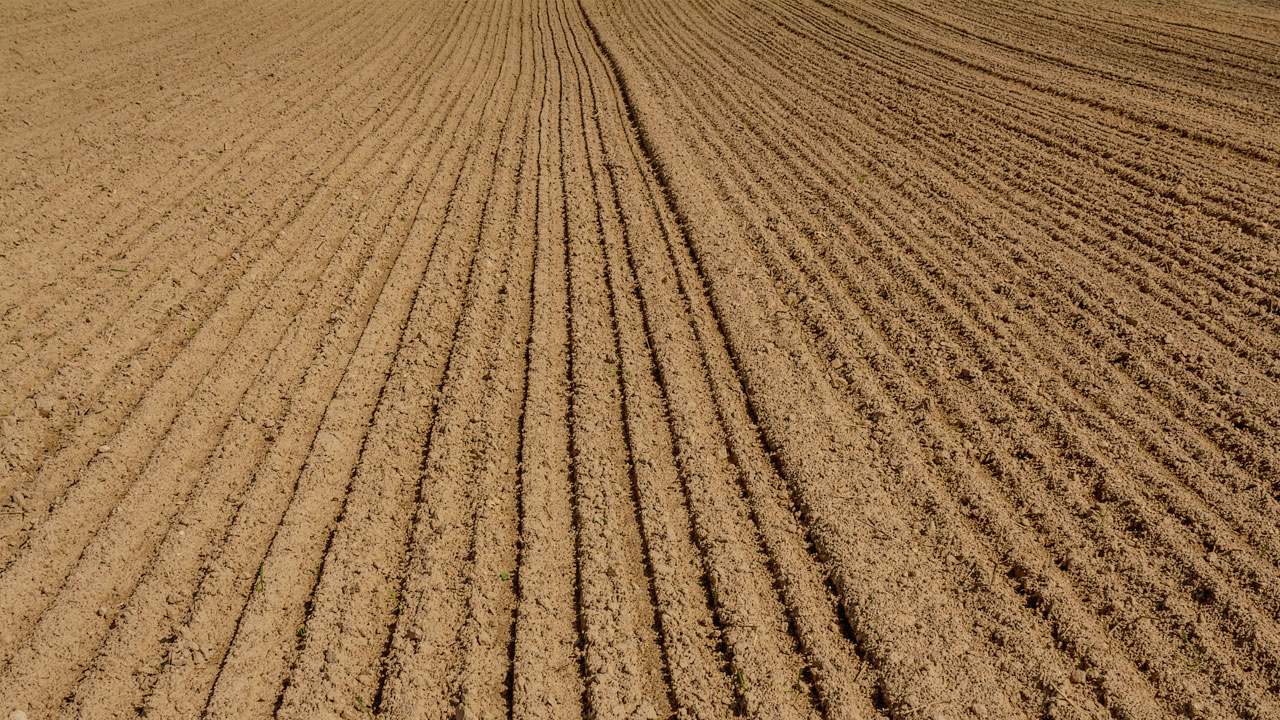Tips for Gardeners and Growers: Irrigation Tips for Clay Soil, Sandy Soil and Loam
Jun 15th 2016
As kids we learned that soil is made up of weathered rock particles, but as gardeners and growers we quickly discover that the way sand, silt and clay combines defines a lot about our gardens. Each soil type handles water differently, which means we have to be precise about how we promote healthy plant growth. Smart growers use specific drip emitters and sprayers to emit water precisely and effectively. Take a quick look at our guide for irrigating based on soil type before you go digging around in your garden.
Heavy Clay Soil
Heavy clay soil holds water tightly and can often be rich in nutrients. Water is absorbed slowly and moisture spreads out laterally, but when heavy soil dries out it can be especially prone to cracking. Roots can have a hard time getting through this soil type. We recommend low flow emitters in heavy clay soil environments. These give the water time to soak in and spread out in a nice wide pattern. Try to amend clay soil with compost and other organic matter.
For individual plants, use emitters with a low ½ gallon per hour rating such as the Woodpecker Emitter, the Woodpecker Jr. Emitter, or the Pinch Drip Emitter.
If you’re dealing with row crops, get your hands on the low flow Aqua-Traxx drip tape or Emitter Tubing for maximum results.
Sandy Light Textured Soil
In sandy soil, water travels vertically, straight down. As a result, it may be necessary to water sandy soil more often. To uniformly moisten sandy soil, use higher flow emitters like the Wooodpecker 2 or 5 gallon per hour emitter with closer emitter spacing.
When growing row crops on a commercial scale, Aqua-Traxx drip tape with close together 8” or 4” spacing works well. Irrigate longer for even better results.
In flower beds, adjustable sprayers like the Spectrum and the Micro Jets will completely cover the soil surface and can be tailored to the size of the planting area. The non-adjustable Mini-Jet sprayers are quick and easy to install and can help creeping groundcovers and ornamental gardens stay uniformly moist.
Medium Textured Loam Soil
Do you have amended soil that has been improved over the years? Do you have soil that’s loamy, rich and just right for a majority of bedding plants? Emitter Tubing or Soaker Dripline with 6” or 9” spacing between emitters are an excellent choice because they distribute water evenly across the entire length of the tubing.
For closely planted flower beds, rock gardens, or ground cover the Ein Dor Mini-Sprinklers are excellent. They give even coverage for a 5’-13’ diameter area. Punching in individual pressure compensating emitters near each plant also produces excellent results without promoting weeds.
A Quick Note: Watering Schedule Based On Soil Type
Watering schedules are one of the best ways to save water, money and produce a bountiful garden. Consider investing in a battery timer and electronic controller that will you allow to precisely regulate a watering schedule.
When it comes to sandy soil, we recommend often but with shorter programs. For clay soil we recommend less frequent but slow watering as clay holds water for a long time. The resulting water (aka money) savings will pay for the timer and irrigation system within the first few seasons.



